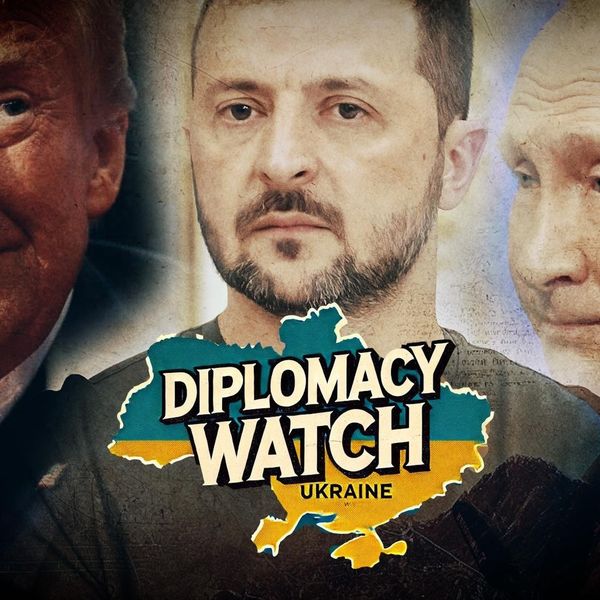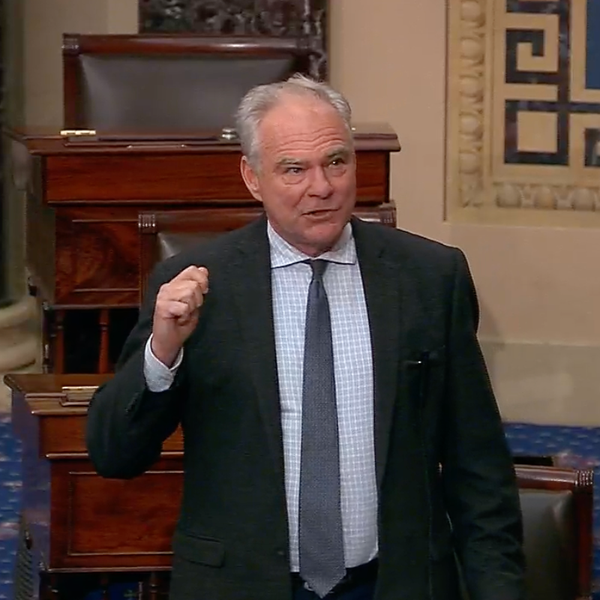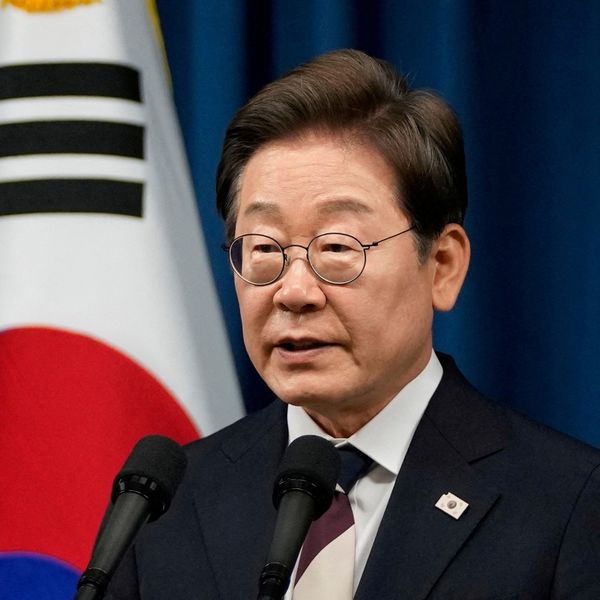Even as the Ukraine war enters a new phase with significant Russian losses in the Donbass, the center of diplomatic gravity this week will be in the historic city of Samarkand in Uzbekistan, where the annual meeting of the Shanghai Cooperation Organization (SCO) is taking place.
Today's meeting between Presidents Putin and Xi will be among the event’s highlights, as Beijing takes stock of developments in Ukraine that could challenge its relationship with Moscow. But the churnings within the SCO are of almost equal significance and deserve major attention. The rise of the SCO indicates the potential emergence of Eurasia as a more coordinated actor in global politics, even as significant internal tensions and contradictions remain within its fold.
While we hear about NATO almost daily in the mainstream media, the SCO is a much less-known entity. With 40 percent of the world’s population and 30 percent of its GDP, it shouldn’t be. Founded in 2001 and headquartered in Beijing, the SCO, while expressly not a military alliance, is today the premier regional organization spanning Eurasia. It emerged from the rapprochement between China and Russia in the 1990s on their contentious border dispute (finally settled in 2005) that also involved three Soviet republics Kazakhstan, Kyrgyzstan, and Tajikistan.
The border settlement talks continued even after the three republics gained independence upon the collapse of the Soviet Union in 1991, eventually leading to a comprehensive settlement. Settling the vexed question of territory enabled the five states, joined by Uzbekistan, to lay the groundwork for a new organization.
But the SCO did not stop with Central Asia. More recently, it has kicked into expansion mode. In 2017, India and Pakistan were admitted as full members. This week’s summit is expected to accept Iran as a full member, a highly significant development even as Tehran-Washington talks on reviving the JCPOA flounder. Belarus has also submitted an application for full membership. This leaves Afghanistan and Mongolia as the remaining states with observer status.
The SCO also has a set of dialogue partners (the step below observer status), namely Armenia, Azerbaijan, Cambodia, Nepal, Sri Lanka, and Turkey. According to the Kremlin, three new states -— Saudi Arabia, Egypt, and Qatar — will join this list in Samarkand, and the process for adding Bahrain, Kuwait, UAE, Maldives, and Myanmar as dialogue partners will also begin.
Of course, more members do not necessarily mean more coherence. In fact, it can often mean less — just look at the EU’s ups and downs. Nevertheless, the fact that an organization which at its core is founded by a group of illiberal states is attracting so much interest well beyond its original geography is more than noteworthy.
Embedded at the core of the SCO (and notwithstanding the irony of Russia’s territorial violations), are principles of “sovereignty and territorial integrity, equality and mutual benefit, resolution of all issues through mutual consultations, non-interference in internal affairs.” The organization has also traditionally laid stress on combating terrorism and extremism, with multiple joint military exercises in this arena.
But the unstated but clear motivation of the SCO is to form a parallel structure of geopolitical like-mindedness to U.S.-led coalitions that dot the global landscape. In attracting major states of the Global South such as India, Pakistan, Turkey, Iran, and Egypt, the expanding SCO is sending a message of a gathering East-South convergence.
What does all this mean for the Putin-Xi meeting? This is a significant visit for Xi, being his first visit outside his country since the pandemic. Recent Russian losses have likely caused concern in China, which could not have been overjoyed at the invasion of Ukraine in the first place. The Russian invasion of Ukraine is a major wildcard for the future of Eurasia and the SCO. Much greater Russian losses will likely further stress the Moscow-Beijing relationship.
Ironically, even as Russia and China are expanding the SCO with new and old fans in South Asia and the Middle East, core states in the organization such as Kazakhstan are increasingly alienated from Russia as the war grinds on. With time the SCO has also enhanced its agenda well beyond its initial focus on security and terrorism to include economics, technology, and other types of cooperation. There is a risk here of losing focus. The SCO will face significant challenges as it evolves, and the Russia-China dynamic will be the core factor governing its future prospects.
However, the drivers for continued solidarity between Moscow and Beijing remain strong and likely durable. The most important such driver is the United States itself, practicing a strategy (if it can be called that) of dual containment toward both Russia and China.
It was one thing when dual containment was deployed against middle powers Iran and Iraq in the 1990s. It’s quite another when it is used against two massive continental-sized great powers. The U.S. coalition on Russia sanctions has found almost no takers outside Europe, Japan, and Australia. Most states in Africa, Middle East, and Southeast Asia are strongly resisting pressure on joining the U.S.-led coalition against Moscow. Upcoming G20 summit host Indonesia recently indicated it could buy more Russian oil.
Even as the SCO grows and Eurasia gels, Washington’s own attempts to counter China — as marked by the constructed geography of the “Indo-Pacific” — have run into major difficulties beyond some core allies. ASEAN states have shown no interest whatsoever in joining the China-containment coalition. South Korea kept its distance from Nancy Pelosi’s ill-advised visit to Taiwan in August.
India has indeed partially aligned with Washington's China strategy. But a deepening Russia-China bond has not prevented India from drawing even closer to Russia, despite New Delhi’s rivalry with Beijing. This in turn may be aiding India and China’s moves toward stepping back, if gradually, from their tense border standoff. With Modi’s personal attendance at the SCO summit (where he might hold a meeting with Xi, the first since the June 2020 border clash) and New Delhi’s spectacular pole-vault to become Moscow’s second-largest oil purchaser after China, India is very clearly triangulating between Eurasia and the “Indo-Pacific.”
In sum, Washington seems to be doing everything it can to create a more adverse and convergent Eurasia. Apart from the lip service being extended to diplomacy, there seems to be an active attempt underway to undermine the One China policy. This in turn, coupled with Chinese nationalism, has had knock-on effects of freezing other types of engagement with Beijing such as on climate change. The military strategy in Ukraine appears to have no diplomatic counterpart. When it comes to grand strategy, Washington may be its own worst enemy.















